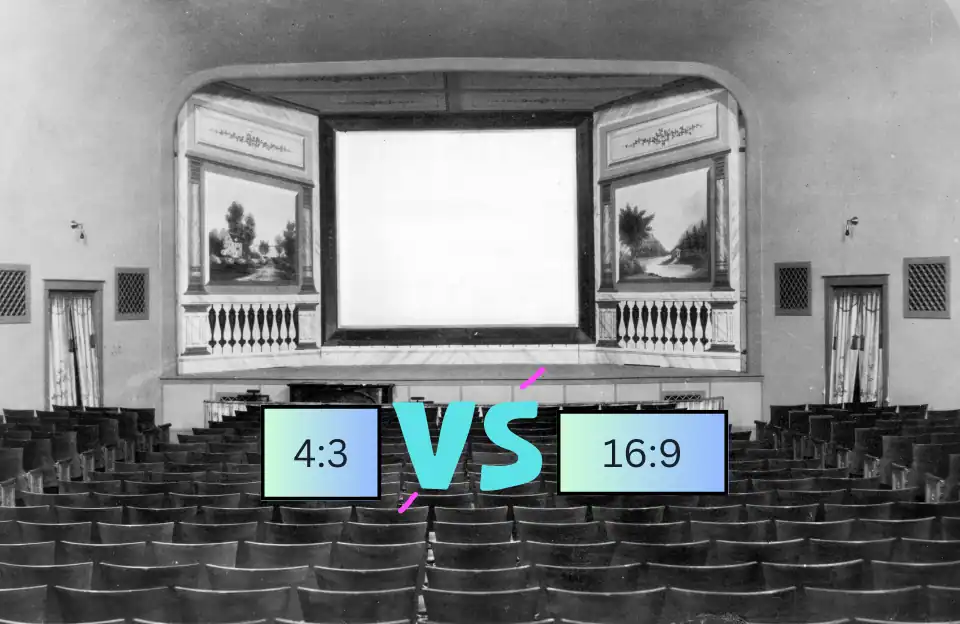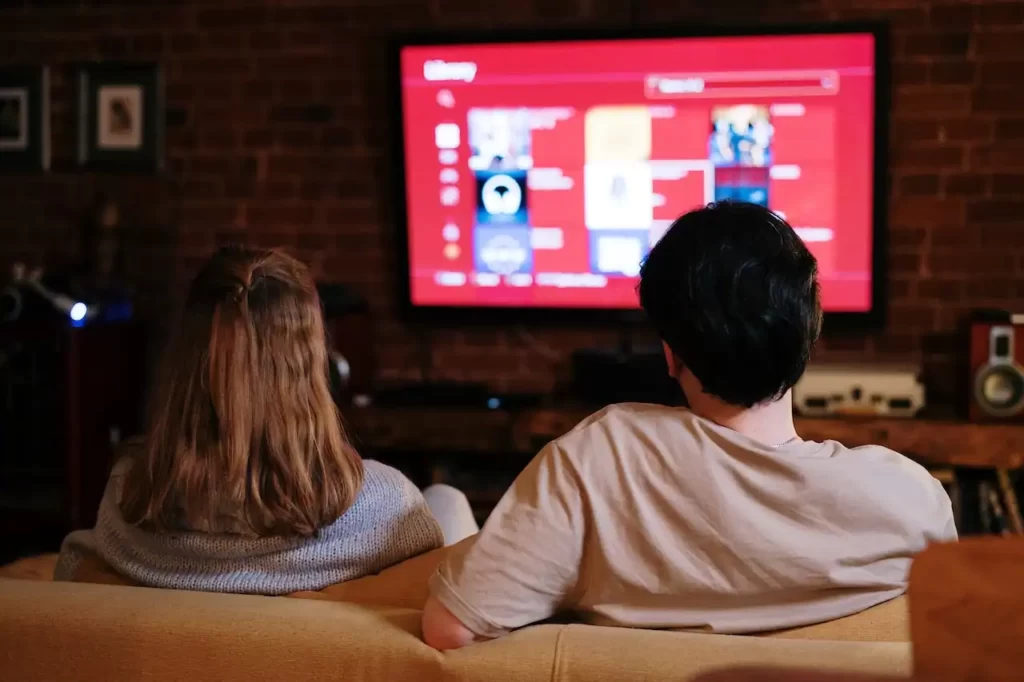It’s not a secret that many people like to watch movies on big screen TVs or a projector. However, it can be difficult to find the best projector for your home theater setup. Many people assume that the 16:9 aspect ratio is the best way to project a movie onto a large screen. This may be true, but there is another aspect ratio that is often overlooked. In this post, we will talk about the 4:3 vs 16:9 projector screen, and show you which projector screen is better for your needs.
We’ll also cover the differences between the two and explain why should you care about the aspect ratio of your screen.
So let’s begin with the basics of the Projector Aspect Ratio.
What is Projector Aspect Ratio?
If you want to watch a movie or TV program on a projector, you will need to know what aspect ratio it is. An aspect ratio is the ratio of the width to the height of a picture. It has been standardized by the National Television Standards Committee (NTSC). A TV has an aspect ratio of 4:3, which means that there is about 4 unit of width for each 3 unit of height.
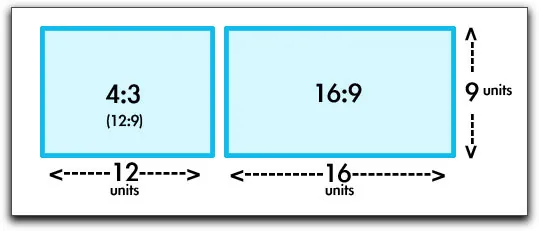
The projector aspect ratio will affect the picture quality of a video. It will also make the size of the image bigger or smaller depending on the aspect ratio.
If you want to watch a movie on the big screen, you should look for a theatre that has a higher aspect ratio. The higher the aspect ratio, the bigger the picture will be. If you are looking for a projector to use at home, you should look for a projector with a lower aspect ratio.
What Does the 1.85:1 Ratio Mean?

An Aspect Ratio For Digital Cinema:
The 1.85:1 ratio is a standard aspect ratio for digital cinema. So, for example, if you have an aspect ratio of 1.85:1, then that means the image’s width is 1.85 times the size of its height.
Some Common Projector Aspect Ratio
Projectors are used for different purposes. When you have a projector, you can use it for watching movies. This is the most common way to use a projector. You can also use it to play sports games, watch TV, and do many other things.
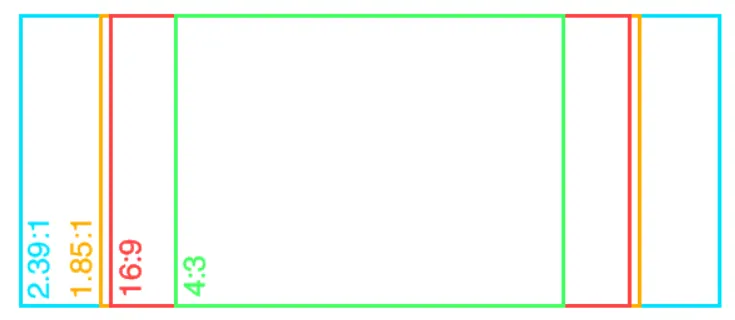
There are several different types of aspect ratios available for projectors. Each of these aspect ratios comes with a different resolution. Let’s explore the most common aspect ratios for projectors screen below:
| Acronyms | Aspect Ratio/s | Resolution/s |
| Square Format | 1:1 | 800 x 600 |
| Standard Definition or SD | 4:3 | 310 x 576 | 570 x 576 |
| High Definition or HD 720p | 16:9 | 1280 x 720 |
| FHD 1080p | 16:9 and 16:10 | 1920 x 1080 |
| QHD 1440p | 16:9 and 16:10 | 2560 x 1440 |
| WQHD 1440p | 21:9 | 3440 x 1440 |
| UHD 2160p or 4K | 16:9 or 1.9:1 | 4096 x 2160 |
What is a 4:3 Projector Aspect Ratio?
A projector screen is rectangular and has a 4: 3 aspect ratio. This means that there are four units of width and three units of height on the screen. Most people are familiar with 4:3 projectors.
They’re the most common aspect ratio used in digital cameras, televisions, computer monitors, and other devices that project images. In fact, the standard for SD televisions is 4:3. This makes it easy to use for any type of movie. It will also make your videos look better.
What is a 16:9 Projector Aspect Ratio?
A wide-screen format is used in movies to enhance their images. A wide-screen screen has a 16: 9 aspect ratio. This is the ratio of the width to the height of the screen.
A 16: 9 aspect ratio is used in projectors, televisions, and some computer monitors. You can display a 16: 9 aspect ratio content on a 16-unit widescreen. The image will look just like a movie.
A 16: 9 aspect ratio is similar to a standard DVD player. It is an aspect ratio that is common among the latest movies. Most of the new TVs now have a wide-screen format. The wide-screen format enhances the image because it lets you view the movie in a widescreen.
Why Should You Care About the Aspect Ratio of Your Screen?
In order to ensure that the image appears correctly on the screen, it is very important to choose a projector screen with the correct aspect ratio. The projector aspect ratio is very important when it comes to the display. A projector with a bad aspect ratio will give a poor picture. If you have a projector with a bad aspect ratio, it may not be able to give you a good-quality image.
Therefore, you must make sure that you buy a projector that has a good aspect ratio. If you buy a projector that does not have a good aspect ratio, it may not be suitable for your needs.
For example, if you want to use your projector to play games on the wall, you should look for a projector with a 16:9 aspect ratio. This means that you can see a lot of detail.
To achieve a greater level of entertainment, it is important to have a larger viewing screen. The best way to view images is by using a bigger display. The biggest screens on the market have an aspect ratio of 16:9.
What is the difference between a 4:3 vs 16:9 projector screen?
The ratio of the screen will affect the image size. You need to know what the different ratios are and how they compare to each other. Let’s say you have a 4:3 screen. This is four units across by three units tall. The image will appear the same size regardless of what you watch it on.
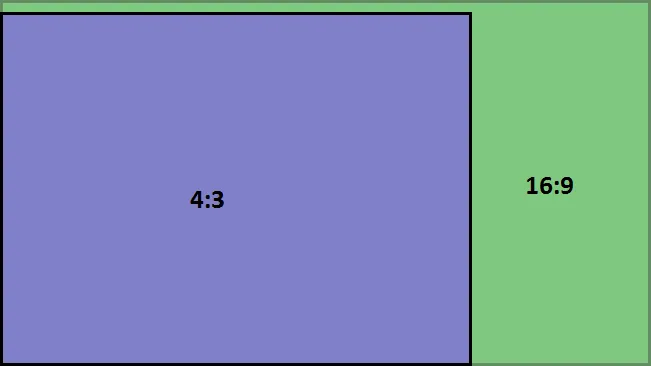
If you watch it on a 4:3 screen, you can expect a screen that is four units by three units. If you watch it on a 16:9 screen, you will get a screen that is sixteen units wide and nine units tall. You can use these sizes to determine what you should buy for your home theater system.
For many years, people thought that a 4:3 aspect ratio was the standard aspect ratio for movie projectors. However, they recently found out that a 16:9 screen is better. A 4:3 screen doesn’t have enough room for full movies, so you get black bars on the sides.
The 16:9 aspect ratio has enough room for almost any movie format. This means that you get to enjoy the movies you watch in the best way possible.
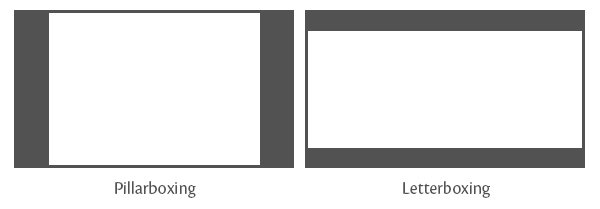
A 4:3 screen is wider than it is tall. This ratio is very common and easy to find. This type of screen is useful for smaller screens such as computer monitors and handheld devices.
The 16:9 screen is taller than it is wide. This ratio is very commonly found in televisions and larger computer monitors. The most commonly used ratio is 16:9.
Can You Watch Both Aspect Ratios on One Screen
When a 16: 9 wide-screen movie is shown on a projector screen, you can adjust the size of the movie. You can watch movies using different aspect ratios. For example, you can watch a movie in full-screen mode if you are sitting close to the screen.
Another option is to watch a movie in the letter box mode. In this case, on a 4:3 aspect ratio screen, you can watch the movie with black bars around the sides of the movie with a 16:9 aspect ratio. If you are watching an old movie with a 4:3 aspect ratio, you can watch the movie in the pillar box mode.
So, you can watch 16:9 Content on a 4:3 screen and Vice-Versa but you may feel some difficulty when black bars will appear on the screen.
Which is the best screen option?
If you are looking for the right size for your projector screen, you should know that this ratio will depend on the size of your room. You need to consider the following when buying the right size screen: Your projector screen size or aspect ratio, your wall-to-projector distance, and the room’s available space.
These factors will help you decide which size of the screen is right for your needs. You should also make sure that you have enough space around your projector to accommodate the screen.
Once knowing these factors, it’s time to make a decision. Do you have a 4:3 screen or a 16:9 screen? If you are looking for a new screen, it is a good idea to get a 16:9 screen. This will help you to see everything you need to see. The other aspect ratio is not going to work with your movies and shows. You may have to reformat them if you have a 4:3 screen.
Most people watch movies with 16:9 because that is what the movies are made with. This means that the 16:9 screen will fit a lot of the video.
Top 9 Premium Quality Projector Screens:
Why do people use the 4:3 aspect ratio?
This is the most common aspect ratio used by most filmmakers. This is a ratio that has been around since the beginning of time. There are various reasons why this ratio has been around for so long. First, we have to consider the size of the movie industry itself. Movies are not just for entertainment anymore; they’re an important medium that helps to bring awareness to social issues and global affairs.
When you watch movies, you learn a lot about history, science, and politics. Films have been around since the 19th century, but it wasn’t until recently that 4:3 was considered the most common aspect ratio. Still, people use the 4:3 aspect ratio to watch old movies.
What are the Home Theater Video Projector Aspect Ratios?
You will probably see that movies and TV shows are being recorded in 16:9 format. There is a simple reason for this. This is because a lot of modern TVs are being sold in 16:9 format.
On the other hand, A Blu-ray player can display a Blu-ray disc with a 4:3 aspect ratio and 480p resolution. Old SDTV also used this 4:3 aspect ratio.
In the case of a home theater video projector, the images shown on your TV are usually 16:9, which means they are wider than they are tall. For example, the images shown on a 16:9 screen are as wide as they are high. Also, a 4:3 aspect ratio use to watch content with black bars on both sides. The content in this case is only half as wide as it is high.
What Ratio should be used in Computers and Laptops?
Before 2003, computer monitors had a 4:3 aspect ratio. Most monitors were made with this size since it was easy to make. In 2003, people started to move away from 4:3 and toward 16:9.
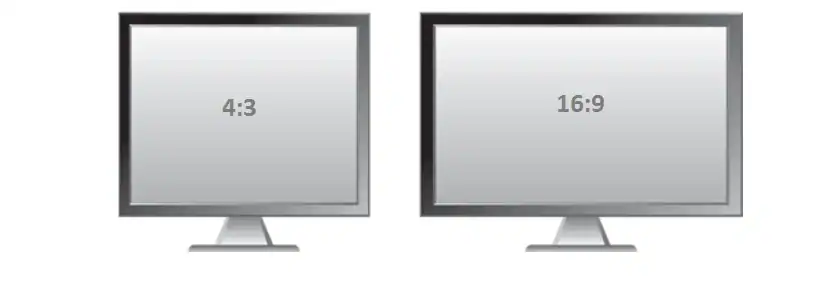
Today, most people’s computers have a 16:9 aspect ratio. If you use a 4:3 aspect ratio monitor, you may not be able to view things properly. The 16:9 aspect ratio is larger than the 4:3, so you will see more information on the screen at once.
Read More:
Frequently Asked Questions [FAQs]
What is the 4:3 aspect ratio equivalent to?
The 4:3 aspect ratio is equivalent to the 1.33:1 aspect ratio. A 1.33: 1 aspect ratio means the image’s width is 1.33 times the size of its height. It is mostly used in digital cameras, televisions, computer monitors, and other devices.
What is a good size for a projector screen?
A projector screen is a type of display that allows you to show movies and television shows to groups of people. You should know how big you need your projector screen to be before you purchase one. The projector screen should be at least 10 feet wide. However, you should measure your space before you pick a good one.
Does YouTube accept 4:3?
When you are watching videos on YouTube, you should see that the video is shown in a 16:9 aspect ratio. You can watch videos on YouTube in both 4:3 and 16:9 aspect ratios, but you may notice that the video is shown in a 4:3 aspect ratio with black bars on the side of the screen.
Which Ratio should be used in a Phone Camera?
In a phone camera, there is a default ratio of 4:3. This ratio has been around for many years. This is the default ratio and the best choice if you want to take a picture of one object or a few objects. It is recommended to use this ratio when you want to take a picture of a single or lesser number of objects and you want the focus to be on them.
When you want to take a picture of many objects and you want the focus to be on all the objects together, it is best to use a 16:9 ratio. This ratio is also known as the landscape ratio.
In a Nutshell
We hope that the information we gave you in this article will help you to decide if you want a 4:3 or a 16:9 projector screen.
The ratio of 4:3 is one of the most popular ratios. It is usually used in SD television sets and many older videos format. The ratio of 16:9 is used in newer HD televisions and newer videos format. If you want a better viewing experience, you should buy a screen with a 16:9 screen ratio. It’s best to watch videos in the format that your projector screen uses.
As an experienced Software Engineer in a Projection-Based Technology Company, I love sharing my Knowledge to utilize and help others to learn more about Projectors. Thus one can get the right Projector for their needs.

